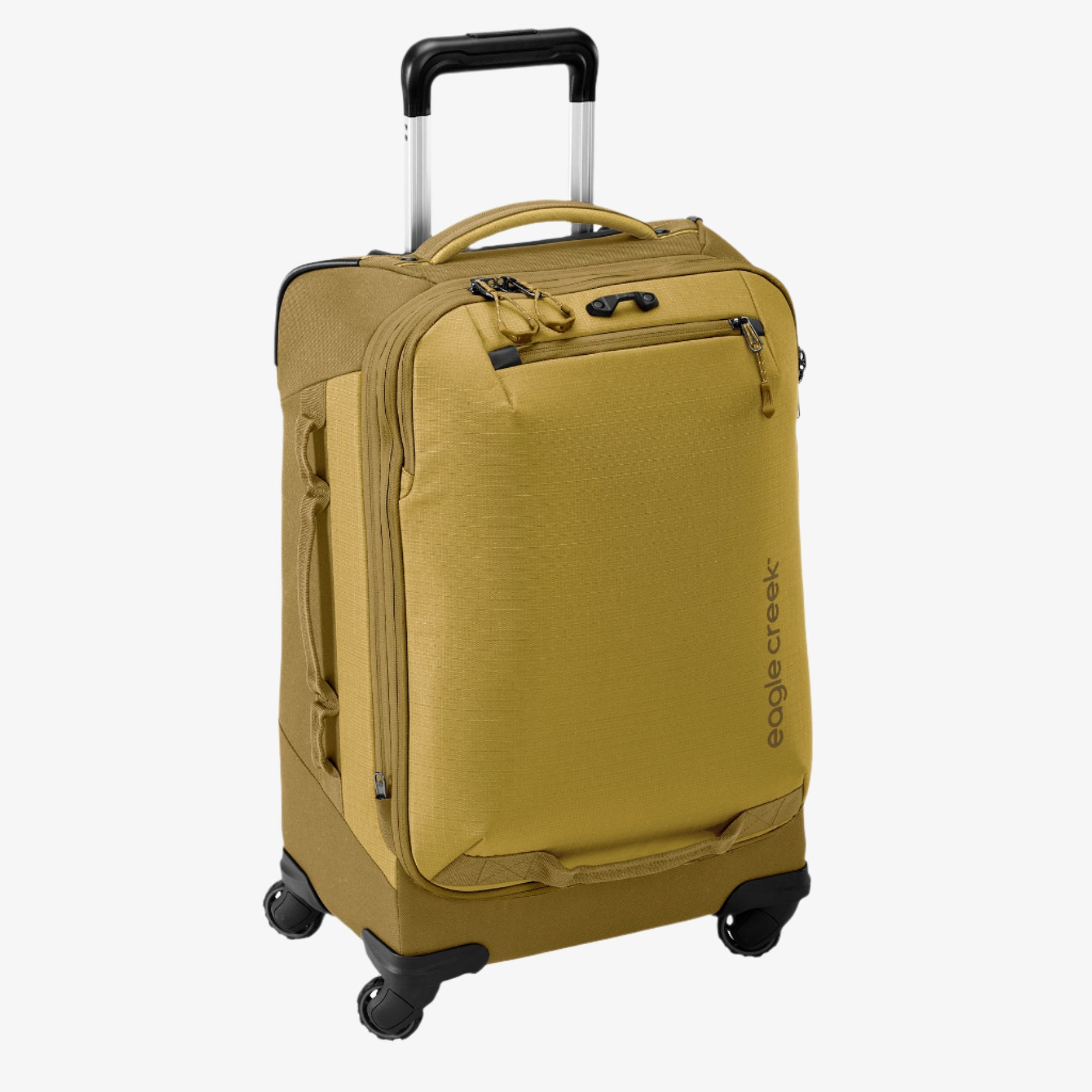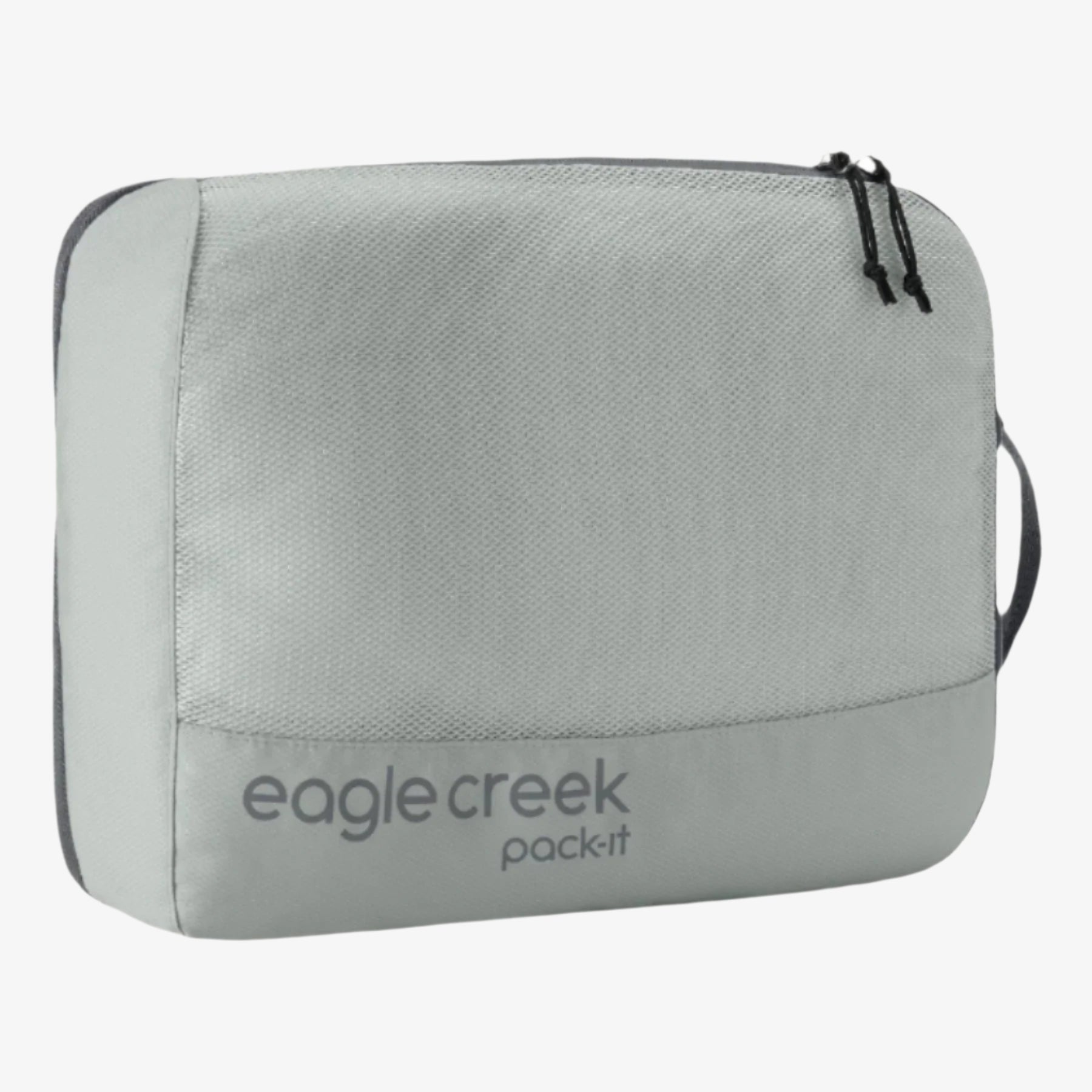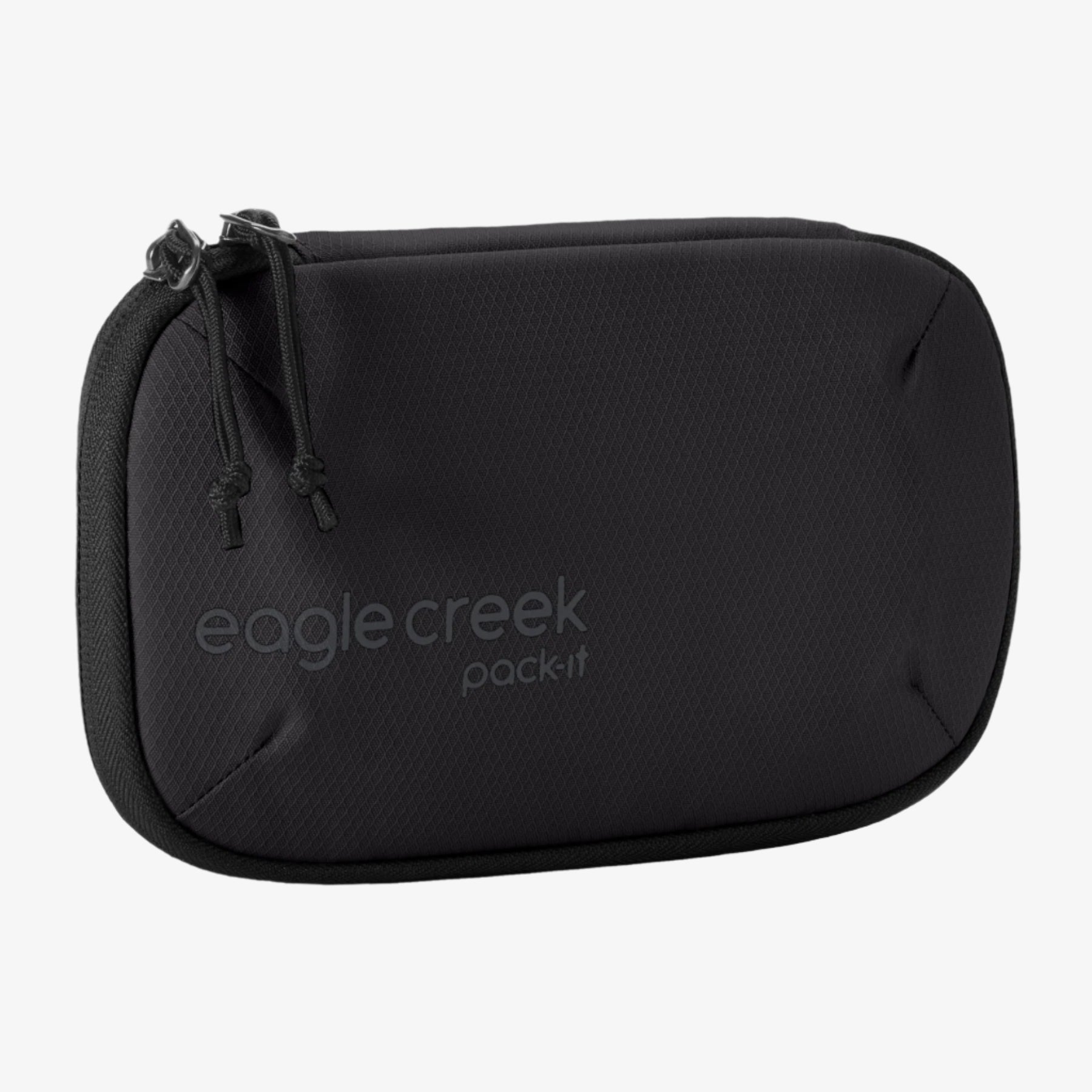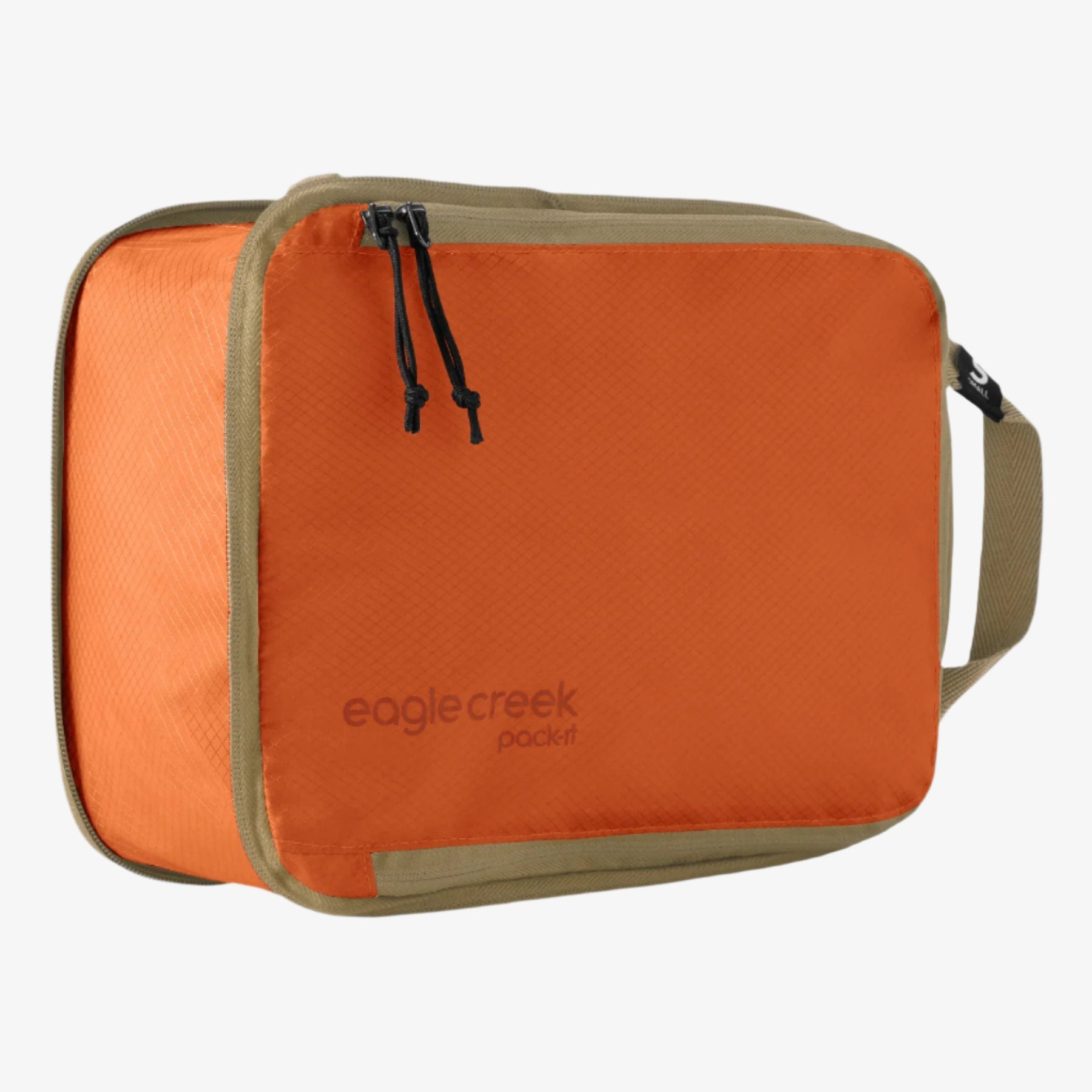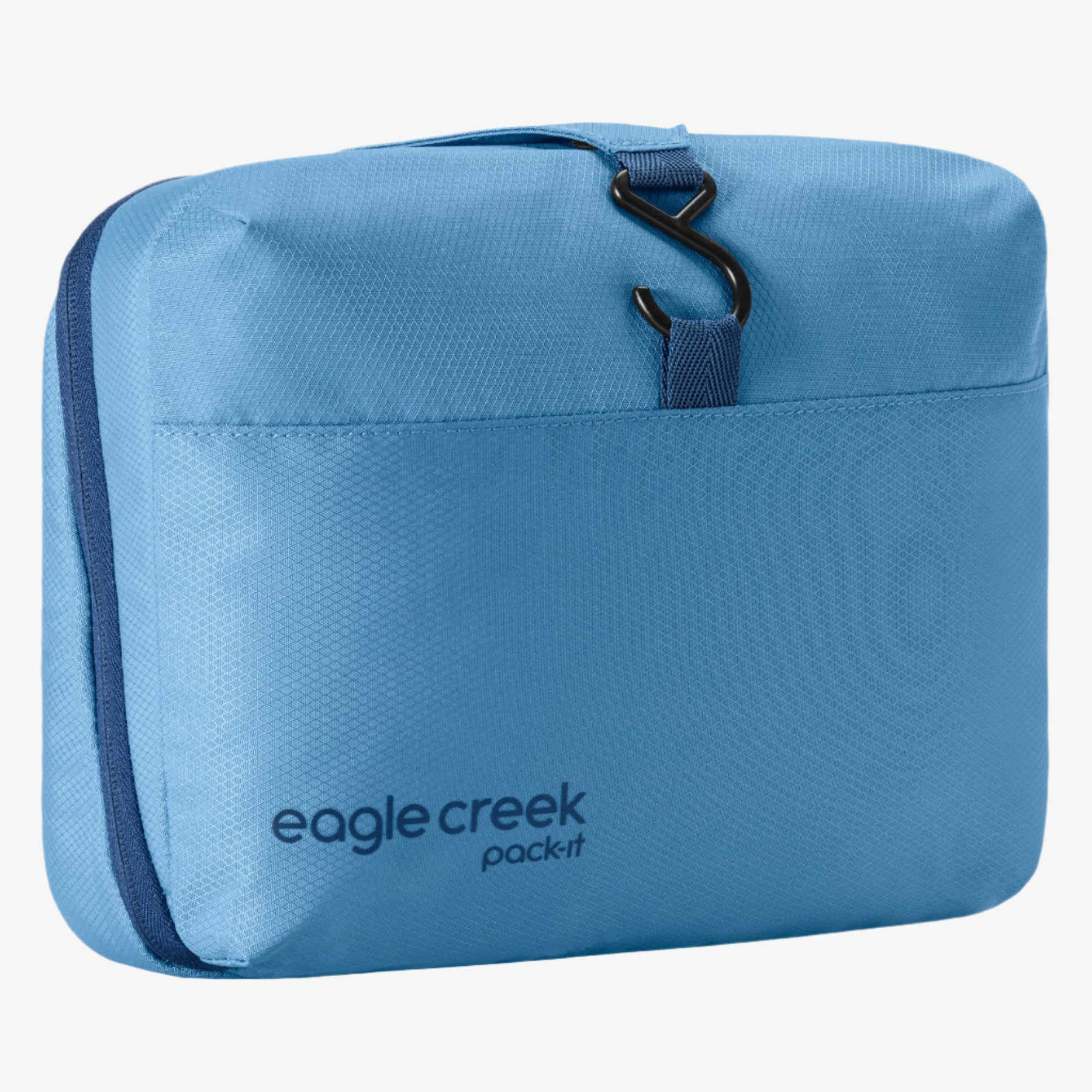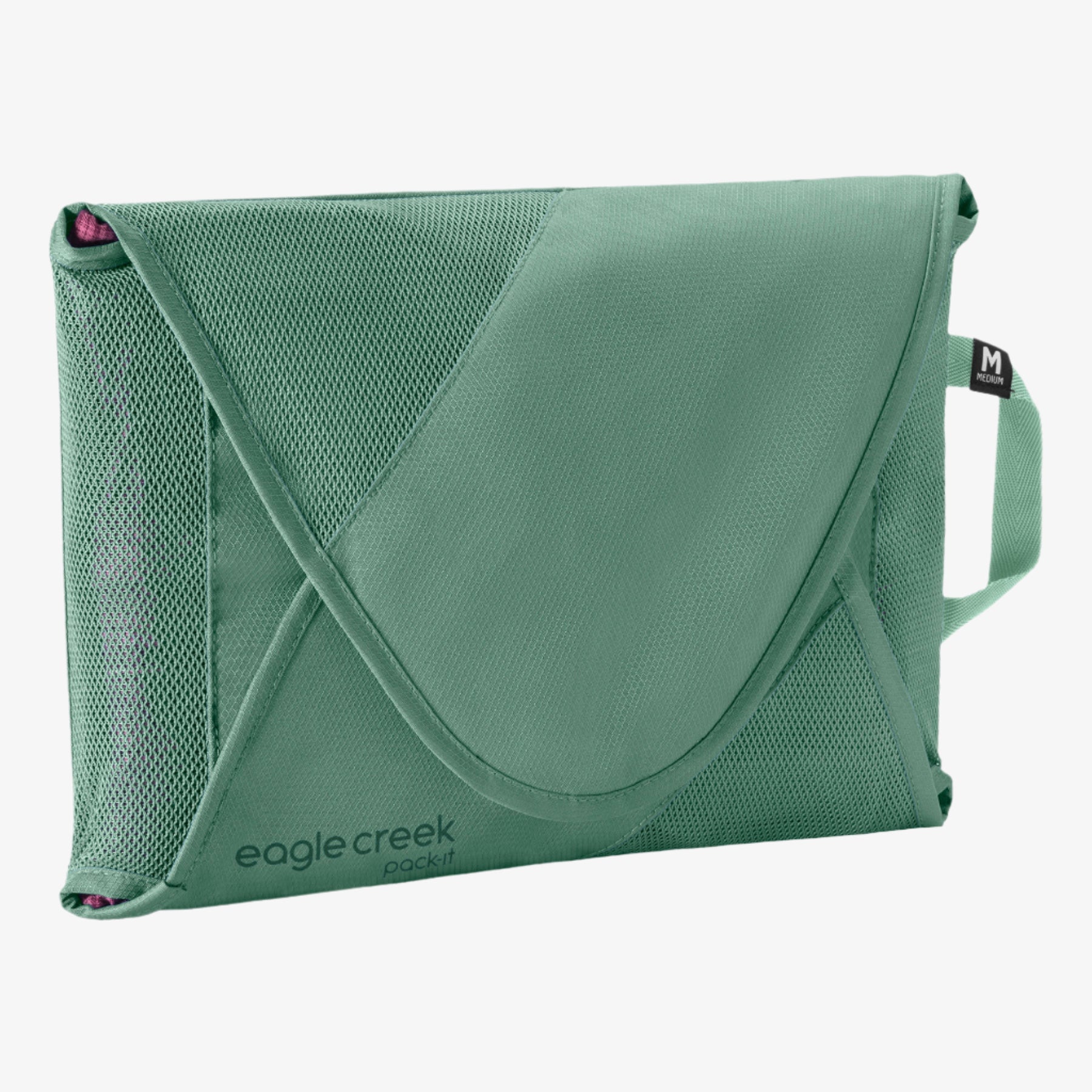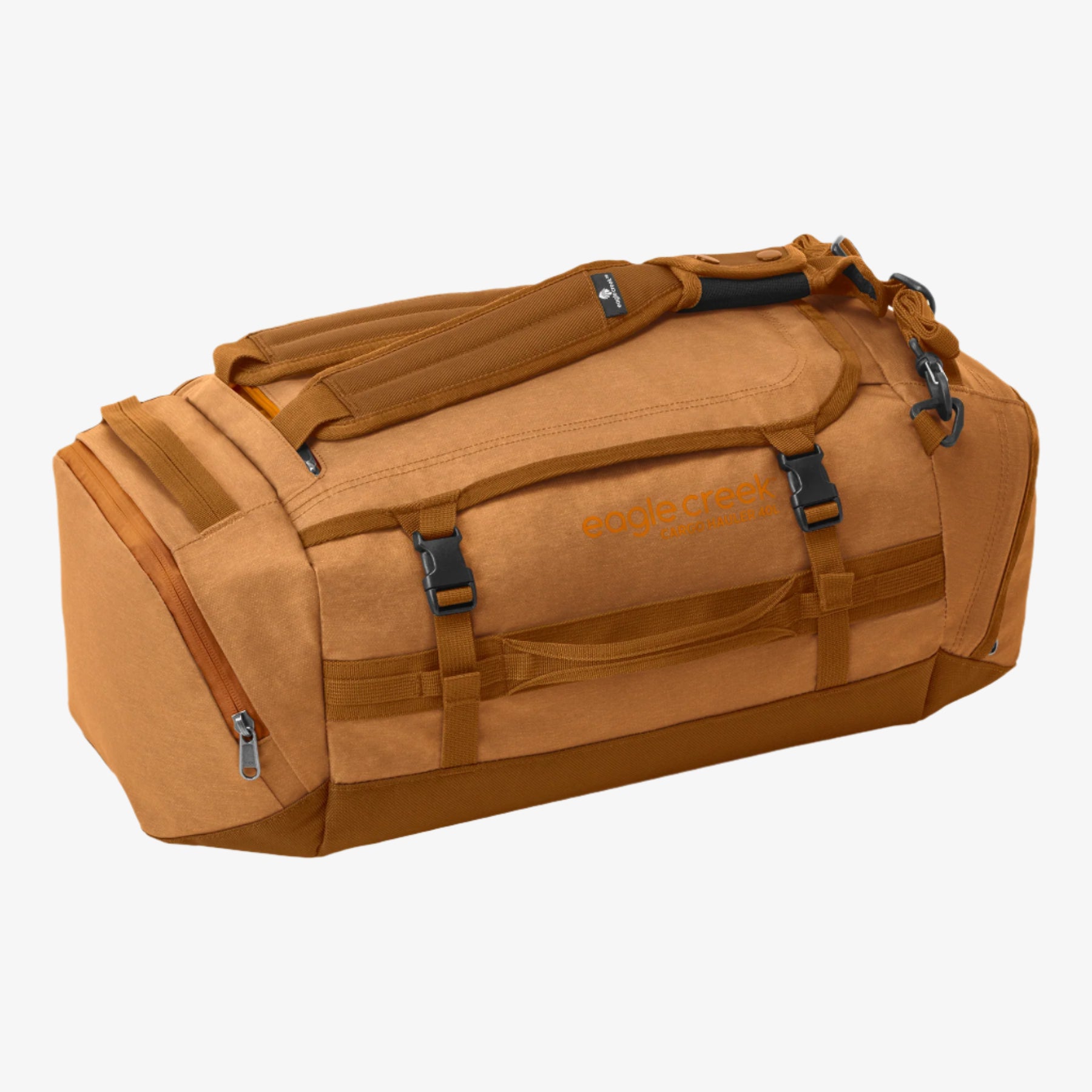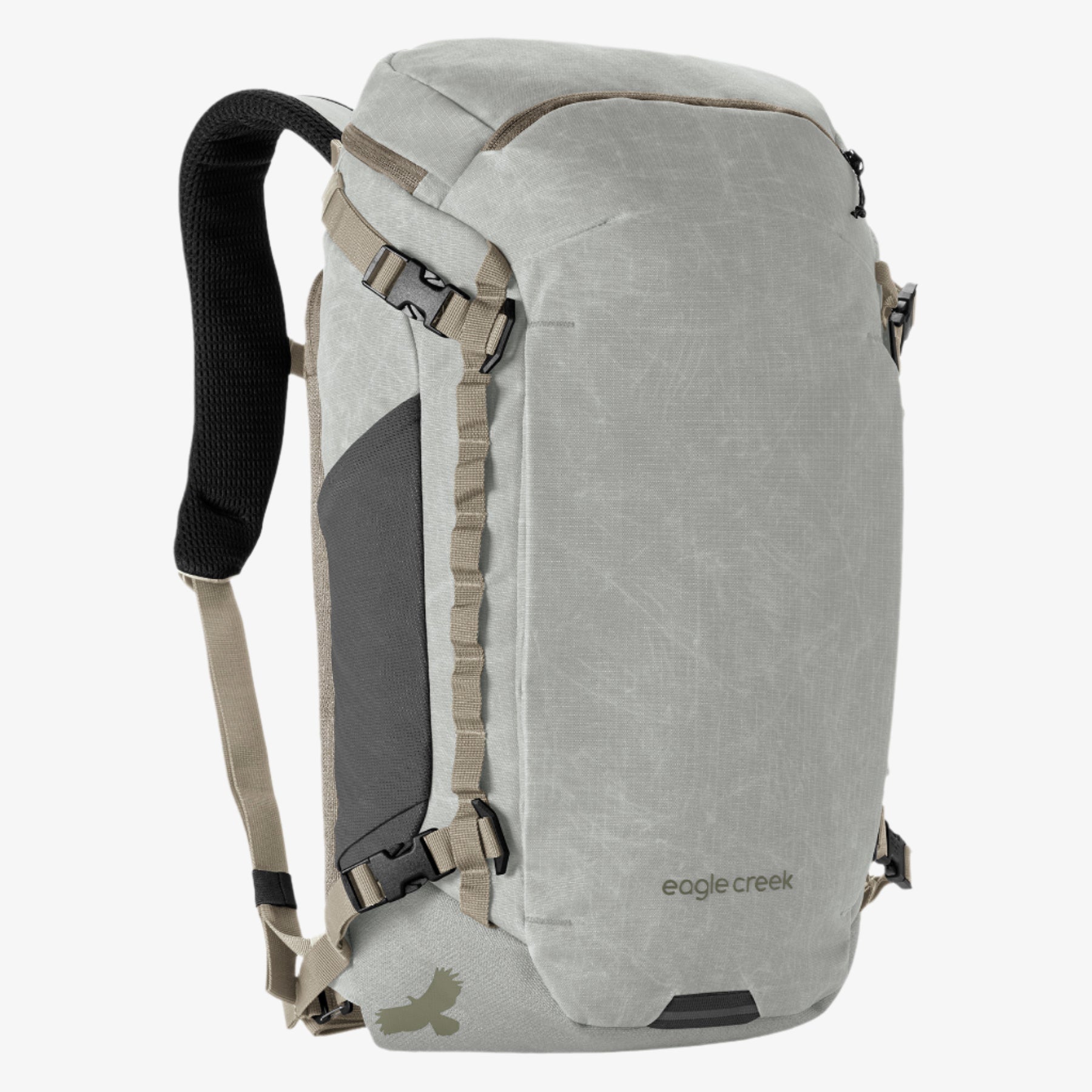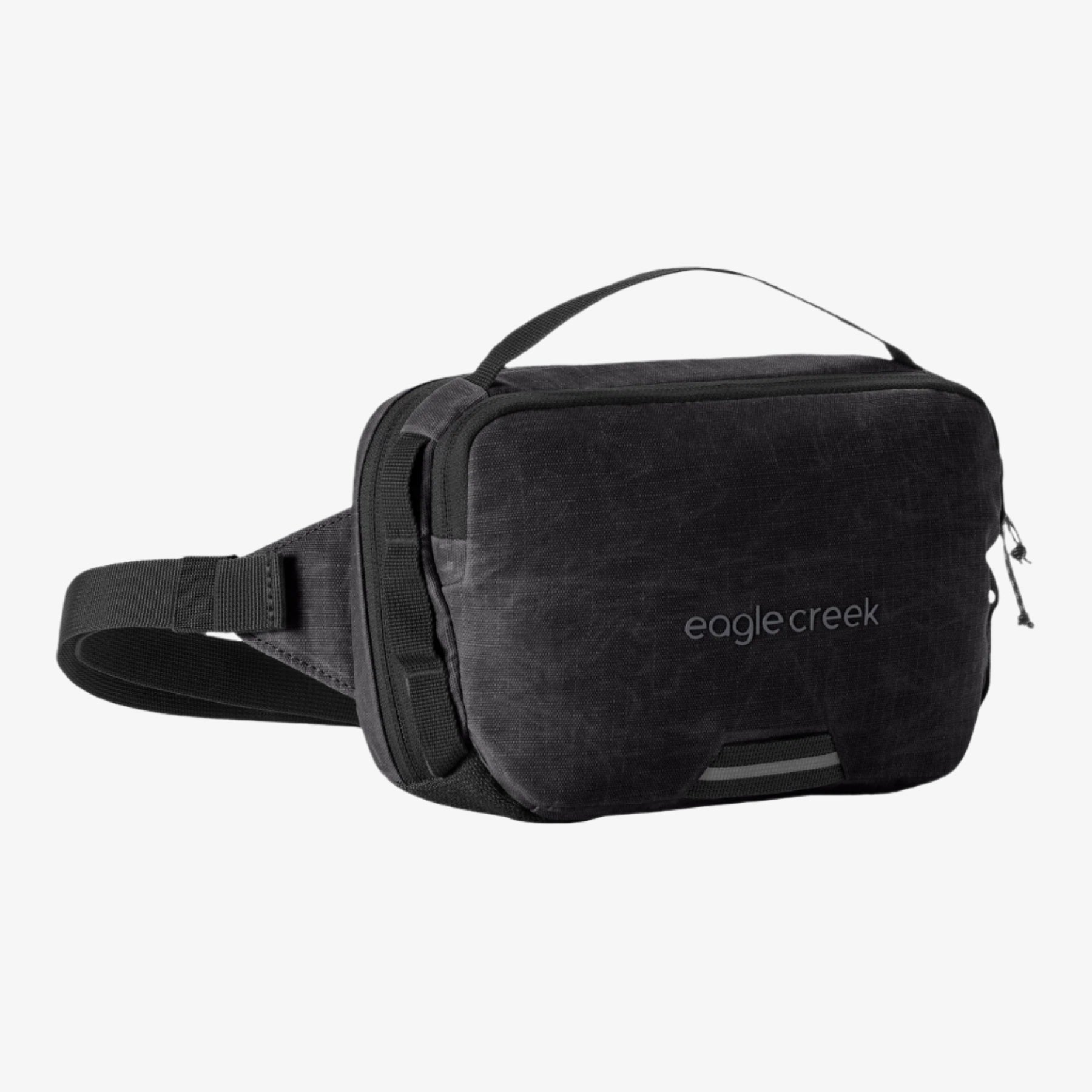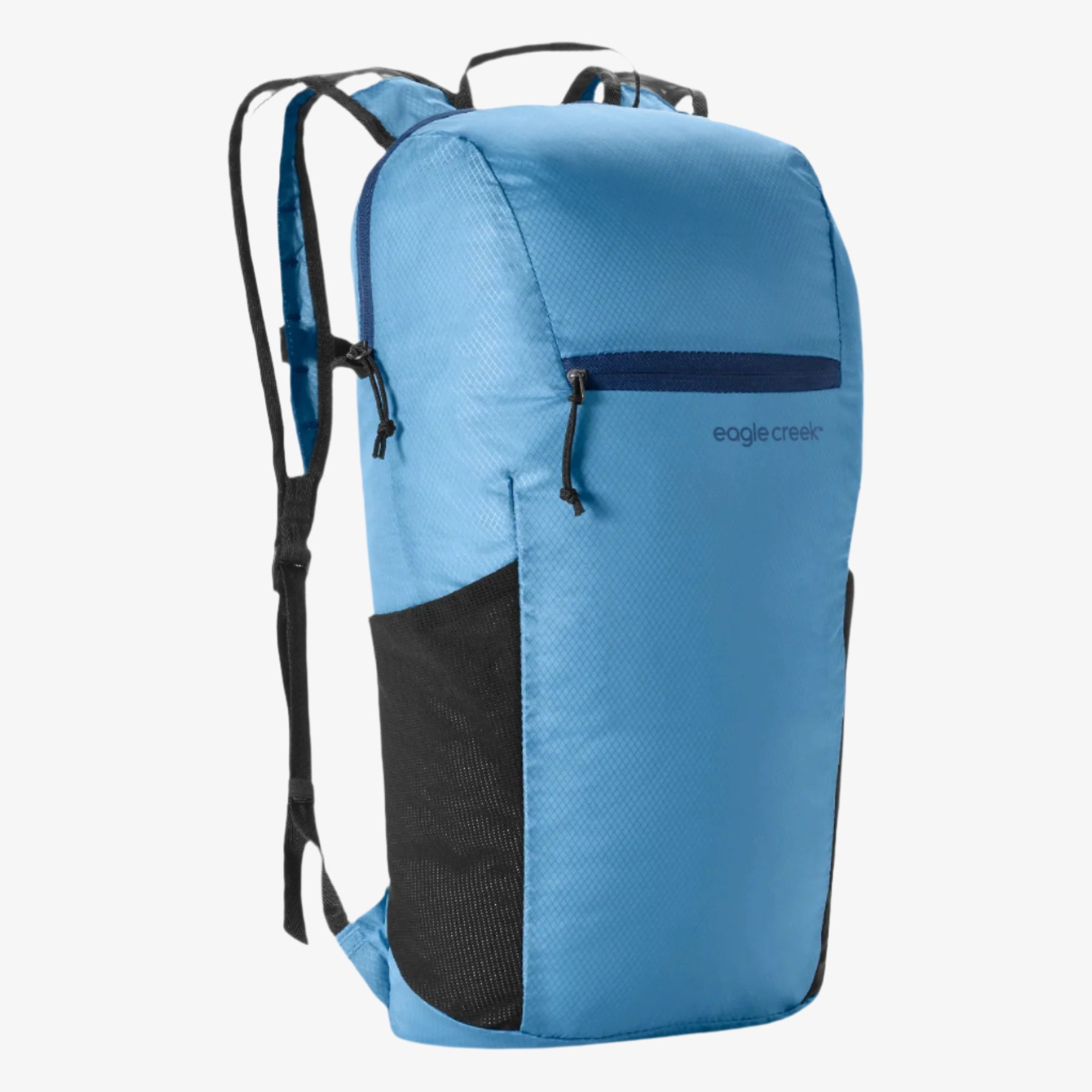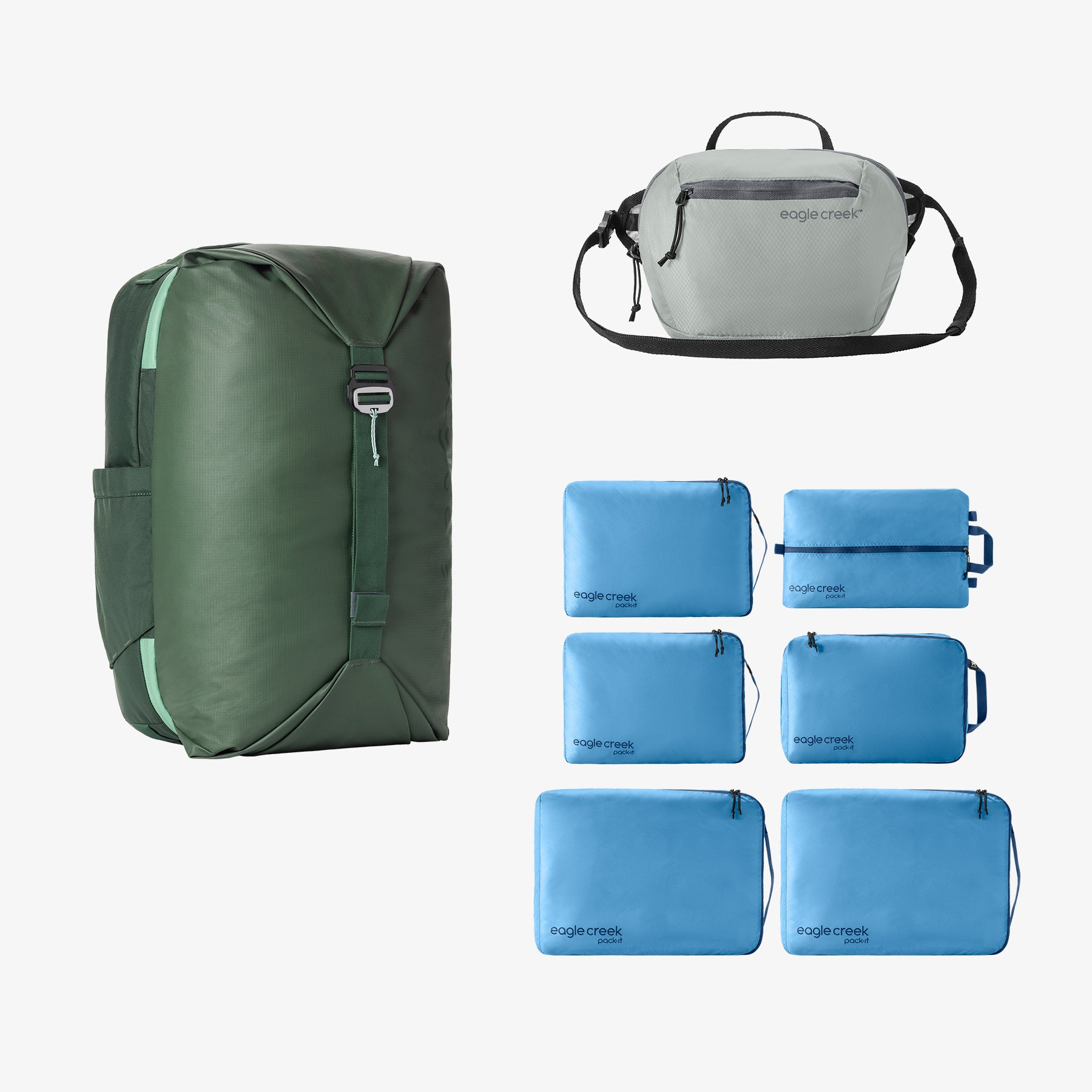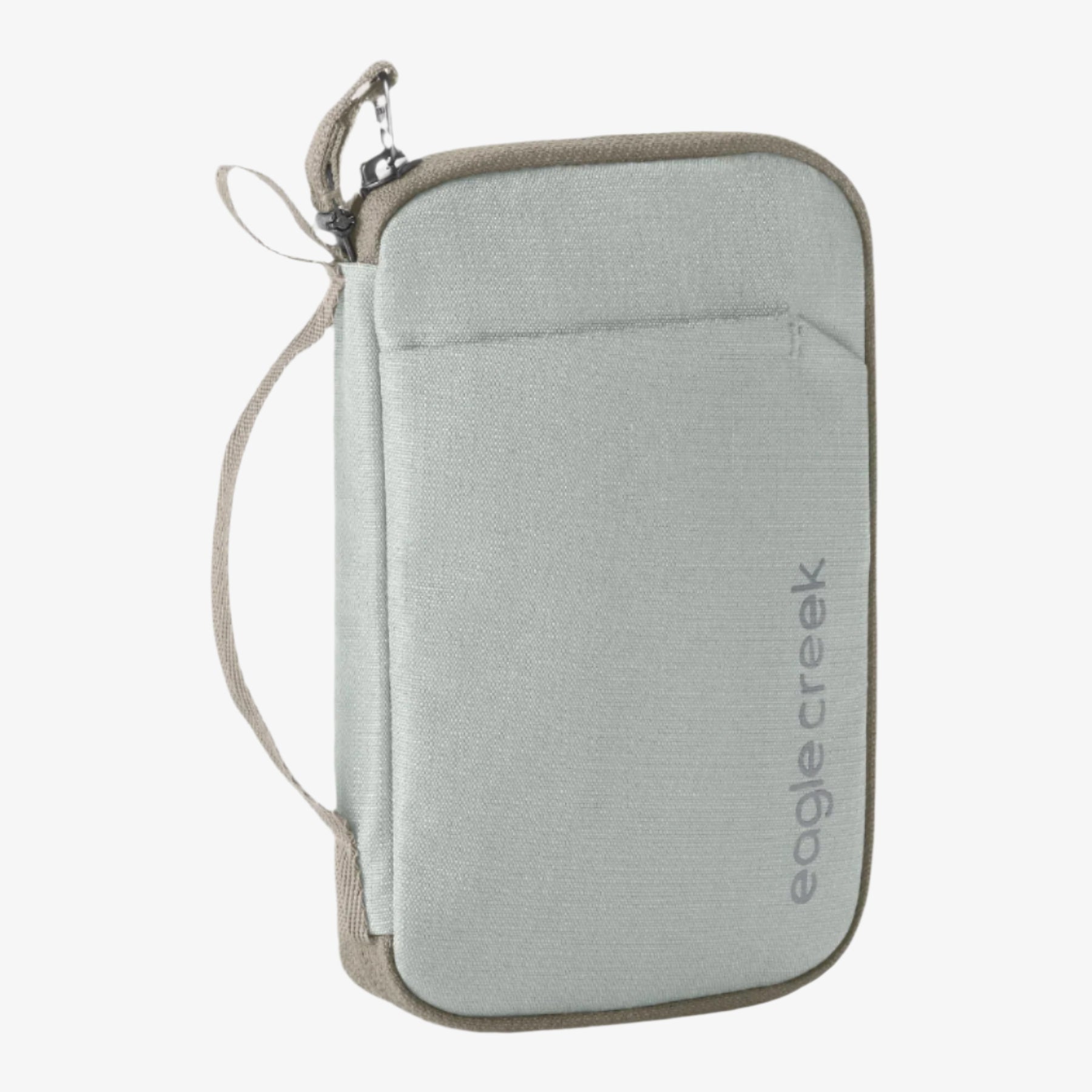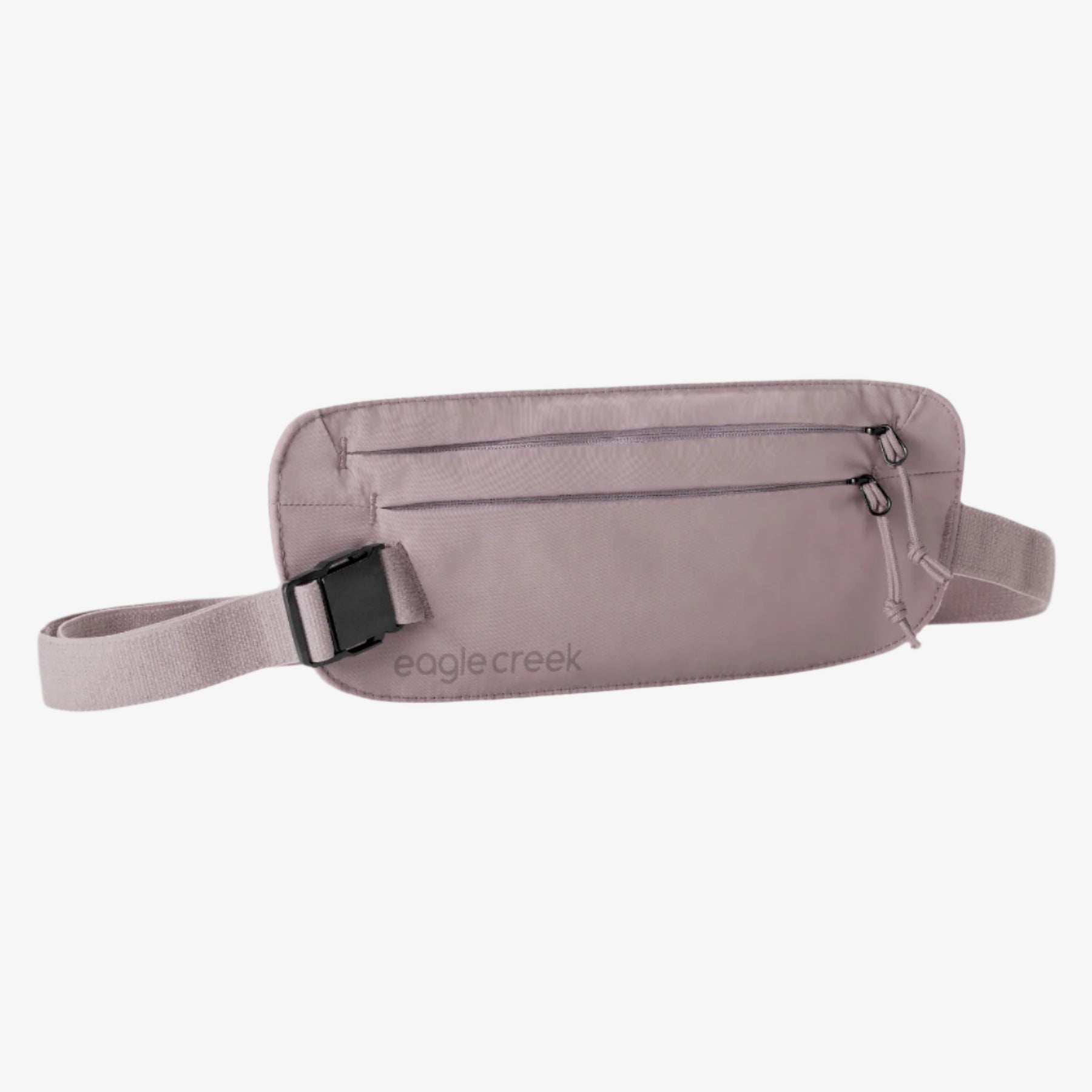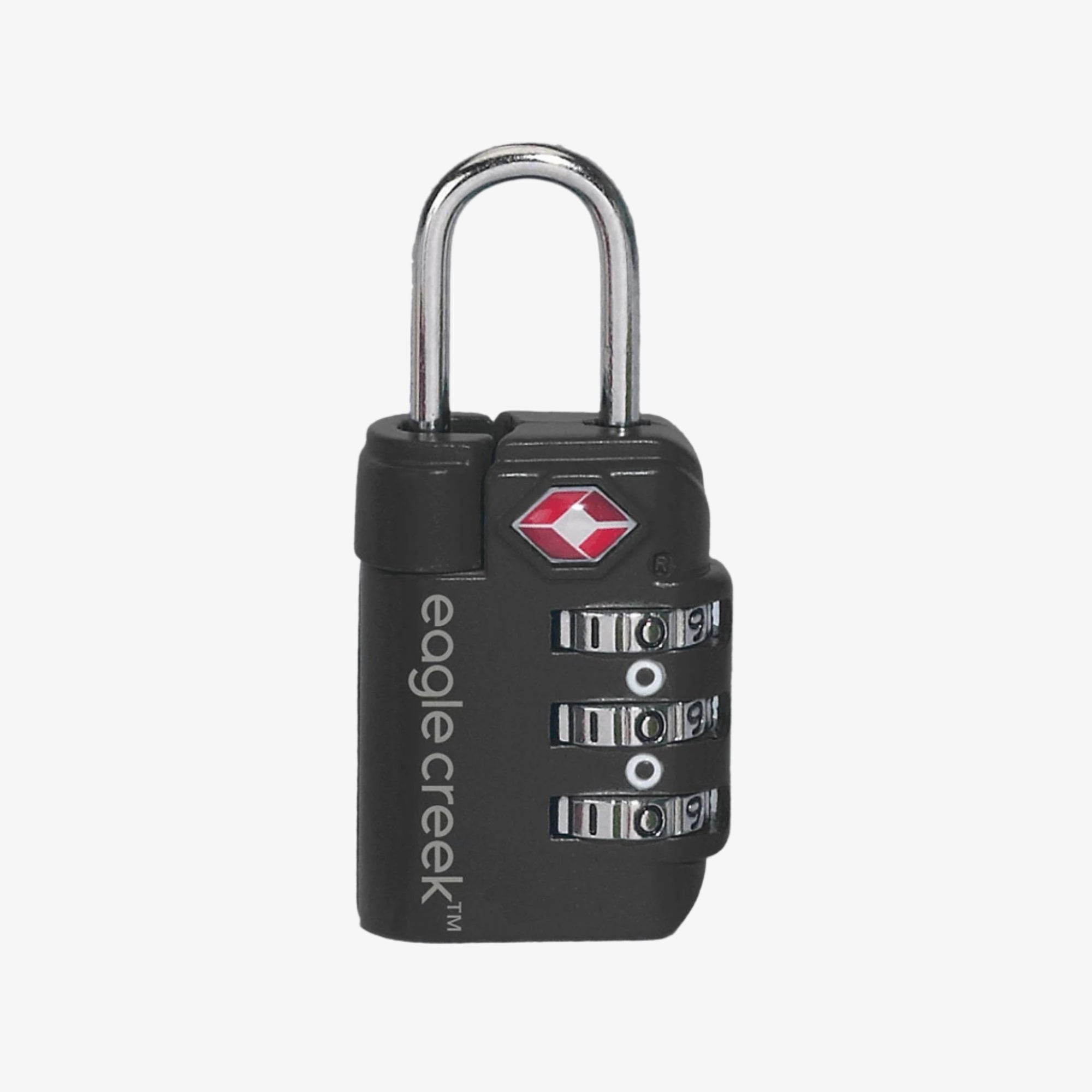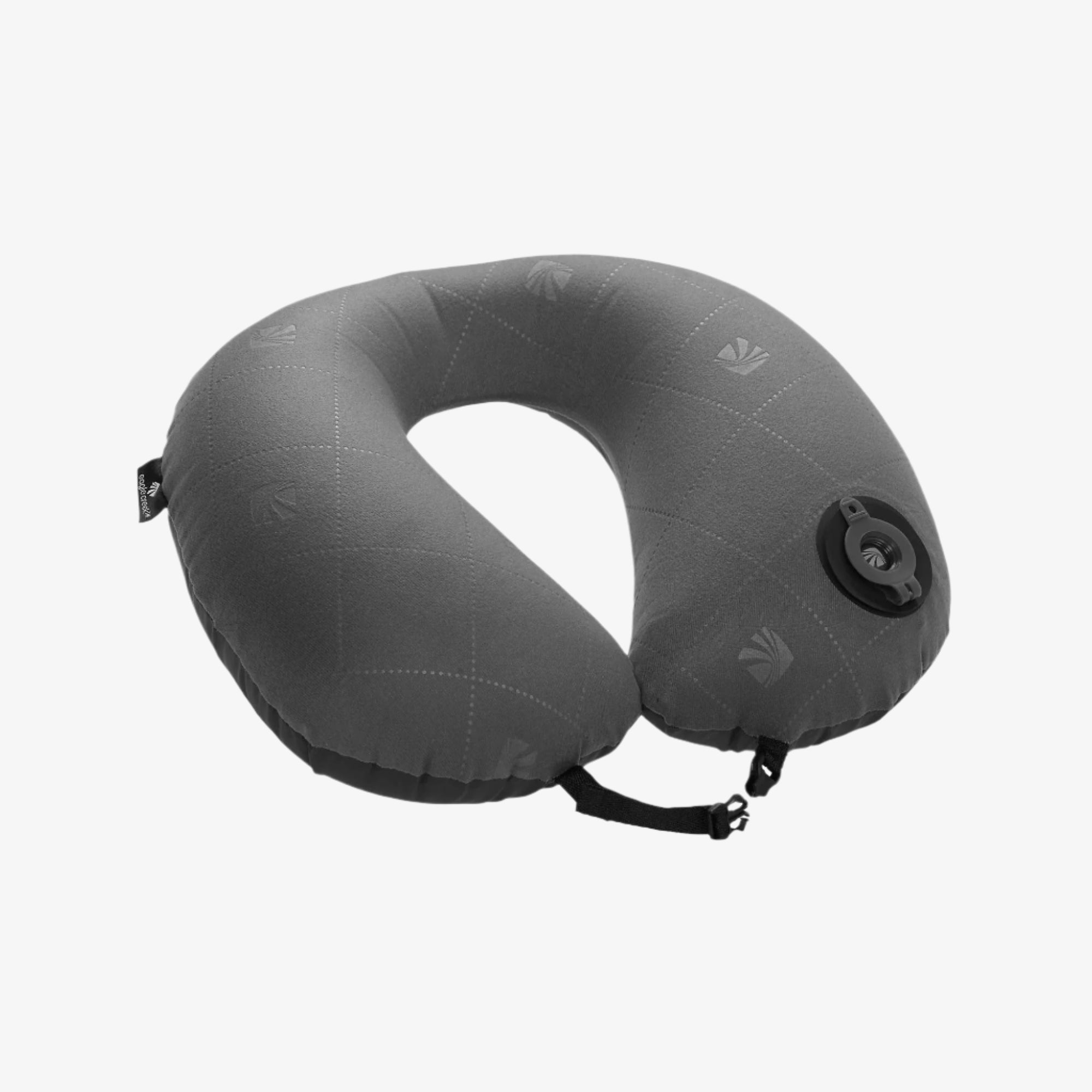
If you’ve wondered about all of the best options for packing an organized bag, here’s exactly what you need to know about packing cubes, compression cubes, and compression bags for travel. Learn how and when to effectively use each one—and why compression cubes rock in so many situations.
As you stare at the stacks of clothing and gear strewn around the floor while prepping for your next travel adventure, you may be wondering how it will all fit in your luggage. This is where packing organization with cubes and using compression becomes your best friend.
But which are best—packing cubes, compression packing cubes, or compression bags?
In truth, each form of packing organization has its purpose and there is no one best solution. You just need to understand which to choose to maximize space and organization while minimizing wrinkles and the dreaded "too heavy to carry" luggage.
Essentially, it comes down to this: If your only goal is to organize your suitcase, duffel, or travel pack, then packing cubes will work perfectly well. If, however, you also need to get more things to fit (or you are packing an especially bulky item or two) then compression bags and compression cubes become your ally—beats having to sit on your luggage to close it.
In many cases, you will want some combination of all three—packing cubes, compression cubes, and compression bags. Here’s when and how to decide which to use on your next trip.
Use Packing Cubes for Bag Organization
Packing cubes ensure you are able to keep your luggage from turning into an explosion of clothes and gear when you arrive at a hotel. Similar items are grouped together and since cubes are colored, you can color-code your organization, too, especially useful if more than one person is packing stuff into one suitcase—husband and wife, parent and child, etc.
Packing cubes also keep your clothing neatly rolled (do not fold) preventing wrinkles. They also make it much easier to find something quickly in a suitcase rather than rummaging about. Packing cubes are also ideal when organizing items that cannot be compressed, such as electronics, shoes, toiletries, etc. And if you're not one to unpack into hotel drawers, XS packing cubes transform your suitcase into its own drawer system.
Use Compression Packing Cubes for Both Organization & Basic Space-Saving
Offering the best of both worlds, compression packing cubes provide basic compression along with the packing cube organization benefits highlighted above—a compression cube uses a secondary zipper to compress the cube up to half its original size.
Rely on compression cubes when you need to maximize every inch of storage while still keeping your clothing relatively wrinkle-free and organized. Compression cubes are ideal for dirty laundry, too: Just stuff your dirty clothing into the cube and then compress the pile into a neat cube ready to be stowed in your suitcase.
Another perfect use for compression cubes is to help you manage the inevitable increase of clothing or souvenir purchases during your travels. You may start out with a perfectly packed bag, but add a few souvenirs and all of a sudden that extra room vanishes. If you have compression cubes—and assuming they weren't packed to the gills before you left home—you will have a few more inches to play with as you travel.
It is important to note that compression cubes do not offer anywhere near the level of compression of a compression bag—instead, they are a happy medium in the packing cube vs. compression bag debate.
One very important tip: Since compression is achieved by a zipper closure system, be sure to keep a finger under the compression zipper as you zip-close the cube to prevent fabric from becoming snagged.
Use Compression Bags When You Really Need More Space
If you are packing bulky items, like a puffy winter coat for example, then using compression bags for travel is your best solution to save valuable space in your luggage. Compression bags also become essential when you are traveling across different climates and need insulated gear for some of the trip, but not all of it. These bags allow you to compress what you don't need as you go, freeing up space in your bag.
The way a compression bag works is you stuff your bulky items into the bag, seal it, and then using a knee or pressure from your hands, you squeeze the air out through the built-in one-way pressure valve. Keep in mind anything inside this bag, once compressed, will become hopelessly wrinkled until you wash or iron it again, so this is best for items not prone to wrinkles. Also, do not leave items compressed for long periods of time as this can damage insulating fill.
With compression and space-saving though, also comes a small caveat: Every item in your bag weighs something, so pack with both space and weight in mind. Because no matter how good the Eagle Creek compression cubes and bags are at space saving, filling every inch of space does make your load heavier—that’s why it’s important to also pick the right backpack or luggage for your trip.
Related Links (from Eagle Creek blog):
Ultimate Guide: Here's Exactly How Packing Cubes Work
How Do You Pack It in a Packing Cube? We've Got Answers
Easiest Ways to Organize Your Camera Gear with Packing Cubes and Sacs



